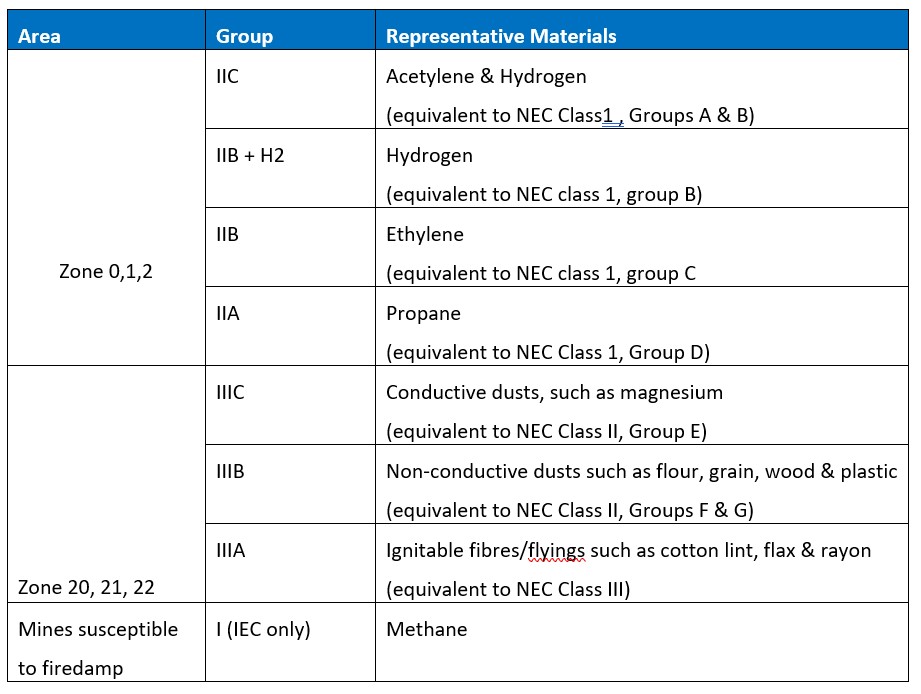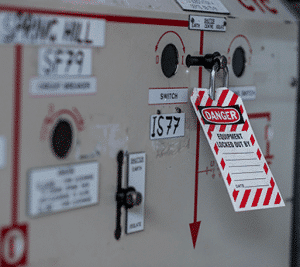How Roar Solutions can Save You Time, Stress, and Money.
How Roar Solutions can Save You Time, Stress, and Money.
Blog Article
The smart Trick of Roar Solutions That Nobody is Talking About
Table of ContentsThe Best Guide To Roar SolutionsRoar Solutions Things To Know Before You BuyThe Basic Principles Of Roar Solutions
In order to secure installations from a potential explosion an approach of analysing and classifying a possibly harmful location is needed. The function of this is to make certain the right selection and installation of tools to inevitably avoid a surge and to make sure safety of life.
(https://www.quora.com/profile/Roarsolutions)
No equipment must be mounted where the surface area temperature of the equipment is higher than the ignition temperature of the given hazard. Below are some common dust unsafe and their minimum ignition temperature level. Coal Dirt 380C 225C Polythene 420C (melts) Methyl Cellulose 420C 320C Starch 460C 435C Flour 490C 340C Sugar 490C 460C Grain Dust 510C 300C Phenolic Resin 530C > 450C Aluminium 590C > 450C PVC 700C > 450C Soot 810C 570C The likelihood of the risk being present in a concentration high enough to cause an ignition will differ from place to location.
Hazardous area electric devices perhaps designed for usage in greater ambient temperature levels. Area Repair Work By Authorised Employee: Challenging screening might not be required however particular procedures might require to be complied with in order for the equipment to maintain its 3rd celebration score. Each piece of tools with a hazardous ranking need to be examined separately.
Roar Solutions for Beginners
The devices register is a detailed data source of tools documents that consists of a minimum set of fields to identify each item's location, technical parameters, Ex lover category, age, and environmental information. The ratio of Detailed to Close assessments will be determined by the Tools Threat, which is analyzed based on ignition threat (the possibility of a source of ignition versus the chance of a combustible atmosphere )and the hazardous location classification
( Zone 0Area 1, or 2). Carrying out a robust Risk-Based Inspection( RBI )strategy is vital for making sure conformity and security in handling Electric Equipment in Hazardous Locations( EEHA).
Some Known Details About Roar Solutions

In regards to eruptive threat, an unsafe location is an environment in which an explosive environment is present (or may be expected to be existing) in quantities that require unique click here for more preventative measures for the building and construction, installation and use equipment. eeha certificate. In this post we check out the difficulties dealt with in the workplace, the risk control measures, and the needed competencies to work safely
It is an effect of contemporary life that we manufacture, keep or manage a series of gases or liquids that are deemed combustible, and a variety of dirts that are considered flammable. These substances can, in specific conditions, form explosive ambiences and these can have significant and heartbreaking repercussions. A lot of us are acquainted with the fire triangle remove any kind of among the three aspects and the fire can not occur, but what does this mean in the context of hazardous locations? When breaking this down into its most basic terms it is basically: a combination of a certain amount of release or leak of a certain substance or product, blending with ambient oxygen, and the presence of a resource of ignition.
In the majority of instances, we can do little about the levels of oxygen airborne, however we can have considerable impact on resources of ignition, for example electric equipment. Harmful areas are documented on the dangerous area category drawing and are determined on-site by the triangular "EX-SPOUSE" indicator. Right here, among various other essential details, zones are split right into 3 types depending upon the threat, the probability and duration that an explosive environment will exist; Area 0 or 20 is deemed one of the most dangerous and Area 2 or 22 is deemed the least.
Report this page